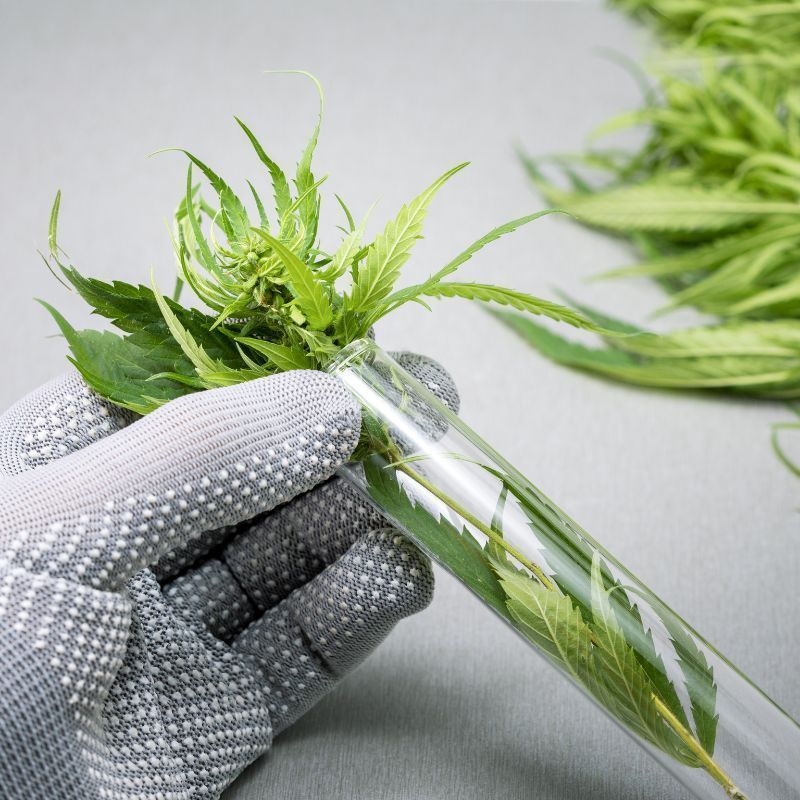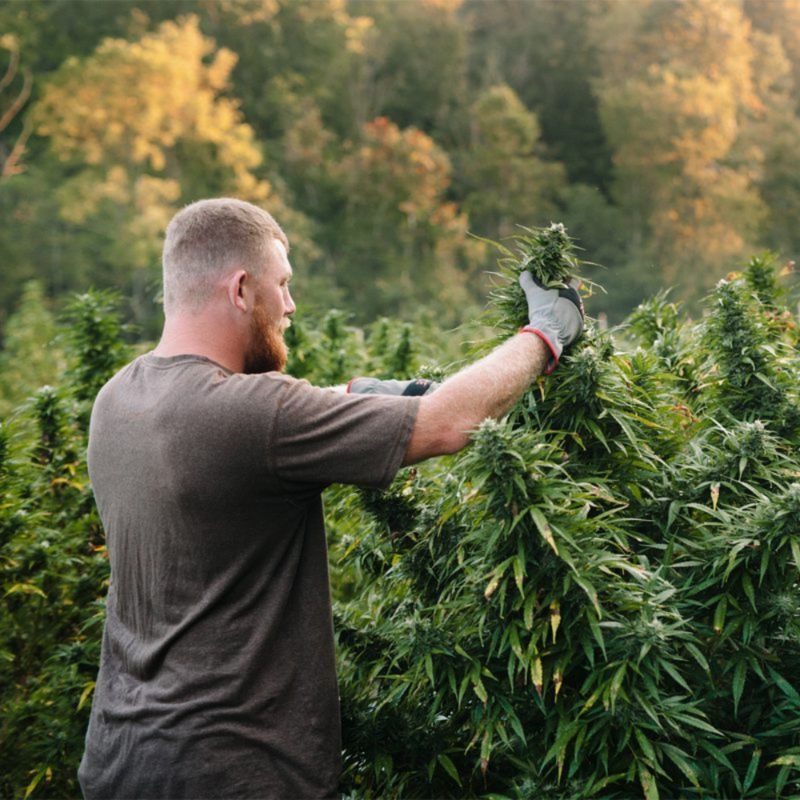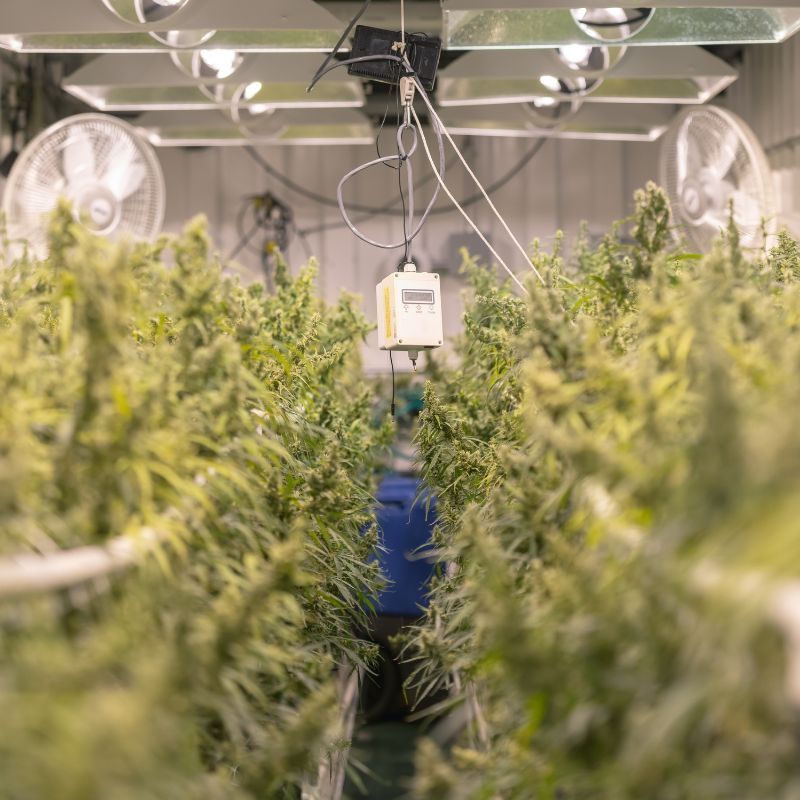Equipment Breakdown Insurance For Cannabis Businesses
See How We're Different
or call us: (215) 653-8411
The cannabis industry has seen significant growth and transformation in recent years. As more businesses enter the market, the need for comprehensive insurance coverage becomes increasingly essential. One critical aspect of this coverage is equipment breakdown insurance. This article delves into what equipment breakdown insurance is, why it is vital for cannabis businesses, and how to choose the right policy.
Understanding Equipment Breakdown Insurance
Equipment breakdown insurance is designed to cover the costs associated with the repair or replacement of essential machinery and equipment that may fail due to mechanical issues, electrical failures, or other unforeseen circumstances. In the cannabis industry, where operations heavily rely on specialized equipment, this type of insurance is particularly crucial. The high stakes of cannabis cultivation and production mean that any disruption can have cascading effects, making it imperative for businesses to safeguard their operations against unexpected equipment failures.
What Does Equipment Breakdown Insurance Cover?
This insurance typically covers a range of equipment, including but not limited to:
- HVAC systems
- Cooling and refrigeration units
- Lighting systems
- Extraction equipment
- Trimming and packaging machines
In the event of a breakdown, the policy can help cover repair costs, replacement parts, and even loss of income due to operational downtime. This can be a lifesaver for businesses that rely on continuous production to meet demand. Additionally, some policies may also cover the costs associated with temporary equipment rentals, which can help maintain operations while repairs are underway, thus minimizing the impact on productivity and revenue.
Why Is It Important for Cannabis Businesses?
The cannabis industry is unique in its operational needs and regulatory requirements. Equipment failure can lead to significant financial losses, not only from repair costs but also from lost sales and potential regulatory penalties. Here are a few reasons why having equipment breakdown insurance is essential:
- Minimizes Financial Risk: With the high cost of specialized equipment, any breakdown can severely impact a business's bottom line. The potential for lost revenue during downtime can be staggering, especially for businesses that operate on thin margins.
- Ensures Compliance: Many cannabis businesses must comply with strict regulations regarding product quality and safety. Equipment failures can lead to compliance issues, which can result in fines or loss of licenses. This insurance can provide peace of mind, knowing that financial support is available to address these challenges.
- Protects Your Investment: Cannabis businesses often invest heavily in equipment. Insurance helps protect that investment from unforeseen circumstances. Furthermore, having a solid insurance policy in place can enhance a business's credibility with investors and stakeholders, demonstrating a commitment to risk management and operational resilience.
Moreover, the nature of the cannabis industry means that businesses often operate under tight timelines, especially during harvest seasons. Equipment breakdown at critical moments can lead to not just financial losses but also missed opportunities in the market. By investing in equipment breakdown insurance, cannabis businesses can ensure that they are prepared for the unexpected, allowing them to focus on growth and innovation rather than worrying about potential disruptions. Additionally, as technology continues to evolve in this sector, staying ahead of equipment maintenance and insurance coverage becomes increasingly vital to remain competitive in a rapidly changing landscape.
Key Considerations When Choosing Equipment Breakdown Insurance
When selecting an equipment breakdown insurance policy, several factors should be taken into account to ensure that the coverage aligns with the specific needs of a cannabis business.
Assessing Your Equipment Needs
Before purchasing insurance, it is vital to conduct a thorough assessment of all equipment used in the business. This includes not only the initial purchase price but also the potential costs associated with downtime and repairs. Understanding the value of each piece of equipment will help in determining the appropriate coverage limits. Additionally, consider the age and condition of the equipment, as older machines may be more prone to breakdowns and could require more comprehensive coverage. Regular maintenance records can also play a crucial role in demonstrating the reliability of your equipment to insurers, potentially influencing your premiums.
Evaluating Policy Options
Not all equipment breakdown insurance policies are created equal. It is essential to compare different options and understand what each policy covers. Some policies may include:
- Comprehensive coverage for all equipment
- Specific exclusions that may affect your operations
- Additional coverage options, such as business interruption insurance
Take the time to read the fine print and ask questions to ensure that the policy meets the unique needs of your cannabis business. Furthermore, consider the claims process associated with each policy. A streamlined claims process can make a significant difference in how quickly you can get back to business after an equipment failure. Look for reviews or testimonials about the insurer’s responsiveness and customer service, as these factors can greatly affect your experience during a claim.
Working with an Insurance Professional
Given the complexities of the cannabis industry and the nuances of insurance policies, working with an insurance professional who understands the cannabis sector can be invaluable. They can help navigate the various options, explain coverage details, and assist in tailoring a policy that provides adequate protection. An experienced broker can also provide insights into industry trends and common pitfalls that cannabis businesses face, allowing you to make informed decisions. Additionally, they may have access to specialized insurers who offer tailored products specifically designed for the cannabis industry, which can further enhance your coverage options.
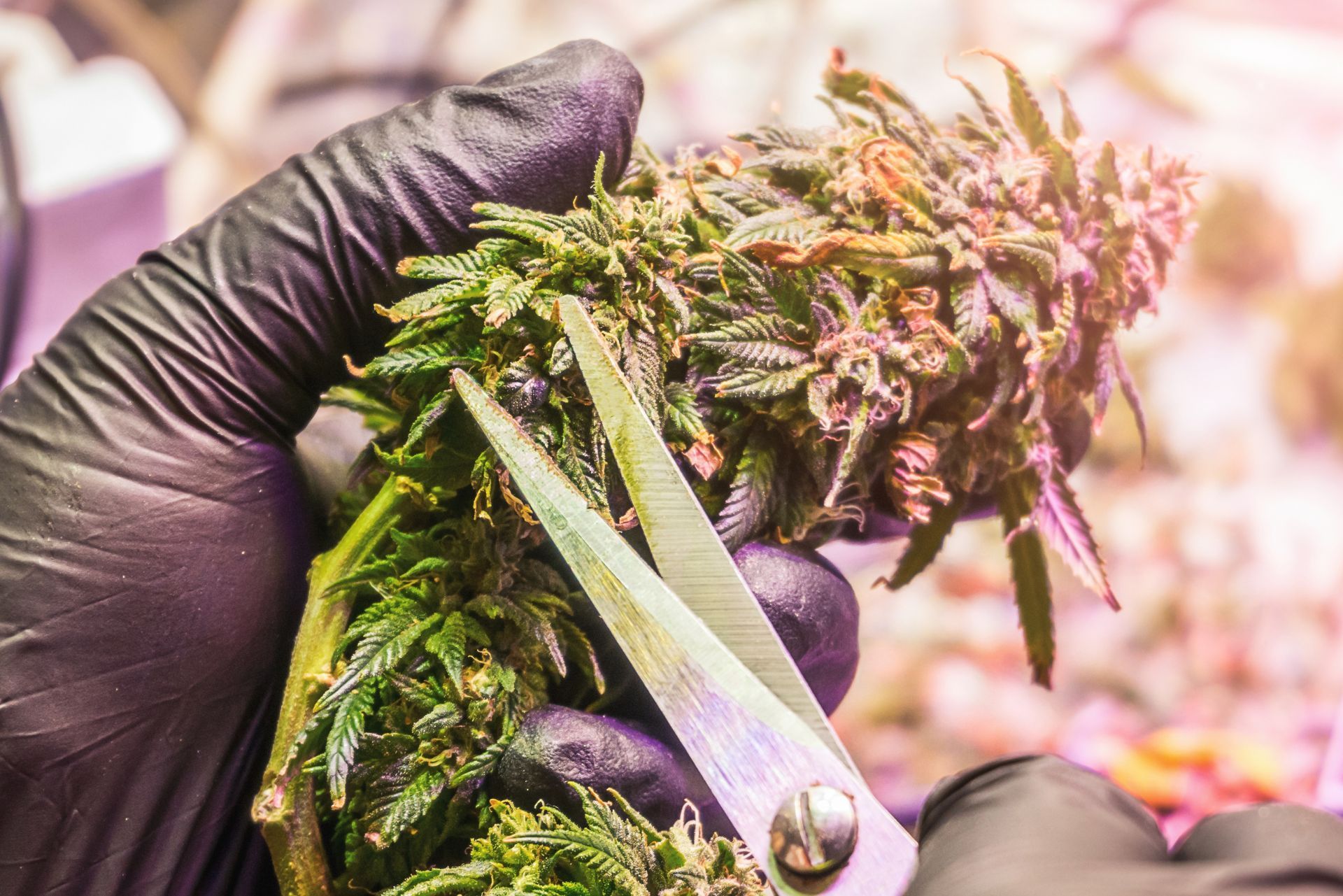
The Cost of Equipment Breakdown Insurance
The cost of equipment breakdown insurance can vary widely based on several factors, including the size of the business, the type of equipment covered, and the coverage limits selected. Understanding these factors can help cannabis businesses budget for this essential insurance. In the rapidly evolving cannabis industry, where the reliance on specialized equipment is paramount for production and compliance, securing the right insurance coverage becomes not just a financial decision but a strategic one that can safeguard the business's future.
Factors Influencing Premiums
Several elements can influence the premiums for equipment breakdown insurance:
- Type of Equipment: More specialized or high-value equipment typically results in higher premiums. For instance, advanced extraction machines or climate control systems used in cannabis cultivation can significantly impact the cost due to their complexity and replacement value.
- Business Size: Larger operations with more equipment may face higher premiums due to increased risk. This is particularly relevant in the cannabis sector, where larger facilities often require extensive machinery for processing and packaging, which can lead to a higher likelihood of breakdowns.
- Claims History: A history of frequent claims can lead to higher premiums, as insurers may view the business as a higher risk. Businesses that have previously experienced significant equipment failures may find it beneficial to invest in preventive maintenance to mitigate future risks.
Estimating Costs
While it’s challenging to provide a one-size-fits-all estimate for equipment breakdown insurance, businesses should expect to pay anywhere from a few hundred to several thousand dollars annually, depending on the factors mentioned above. Obtaining quotes from multiple insurers can help in finding the best rate. Additionally, businesses should consider the potential costs of downtime and lost production when evaluating the value of this insurance, as even a short interruption can have significant financial repercussions in the competitive cannabis market.
Potential Savings and Discounts
Many insurance providers offer discounts for businesses that implement safety measures, such as regular maintenance of equipment or employee training programs. Taking proactive steps to minimize risk can not only improve operational efficiency but also lead to lower insurance premiums. Furthermore, businesses that invest in technology to monitor equipment performance can often qualify for additional discounts, as these systems can provide real-time data that helps in identifying potential issues before they escalate into costly breakdowns. This not only enhances the longevity of the equipment but also fosters a culture of safety and responsibility within the organization.
Claims Process for Equipment Breakdown Insurance
Understanding the claims process is crucial for any business owner. In the event of equipment failure, knowing how to navigate the claims process can save time and reduce stress. A well-informed approach not only expedites the resolution but also empowers business owners to advocate for their rights effectively. Familiarity with the nuances of the claims process can significantly impact the overall experience and outcome.
Steps to File a Claim
Filing a claim typically involves several key steps:
- Notify Your Insurer: Contact your insurance provider as soon as possible after a breakdown to report the incident. Prompt notification is essential, as many policies have time limits for reporting claims.
- Document the Damage: Take photographs and gather any relevant documentation, such as maintenance records and repair estimates. This evidence will play a crucial role in substantiating your claim and demonstrating that the equipment was well-maintained prior to the breakdown.
- Submit Your Claim: Complete the necessary claim forms and submit them along with the documentation to your insurer. Ensure that all information is accurate and comprehensive to avoid any delays in processing.
What to Expect During the Claims Process
After filing a claim, the insurer will typically assign an adjuster to assess the situation. This may involve an inspection of the damaged equipment and a review of the documentation provided. The adjuster will determine the validity of the claim and the amount of coverage applicable. During this phase, it’s important to maintain open communication with the adjuster, as they may require additional information or clarification to proceed with the evaluation.
Common Challenges in the Claims Process
While many claims are processed smoothly, challenges can arise. Some common issues include:
- Disputes over coverage limits or exclusions
- Delays in the claims process
- Insufficient documentation leading to claim denial
Being prepared and having all necessary documentation ready can help mitigate these challenges. Additionally, understanding your policy's specific terms and conditions can empower you to address any disputes effectively. It’s also wise to keep a record of all communications with your insurer, including dates, times, and the names of representatives you speak with, as this can be invaluable if you need to escalate your claim or seek further assistance.
Moreover, consider consulting with an insurance professional or a claims advocate if you encounter significant hurdles. These experts can provide guidance tailored to your situation, helping you navigate complex policy language and advocating on your behalf. Their expertise can be particularly beneficial in understanding the nuances of your coverage and ensuring that you receive the compensation you deserve for your losses.
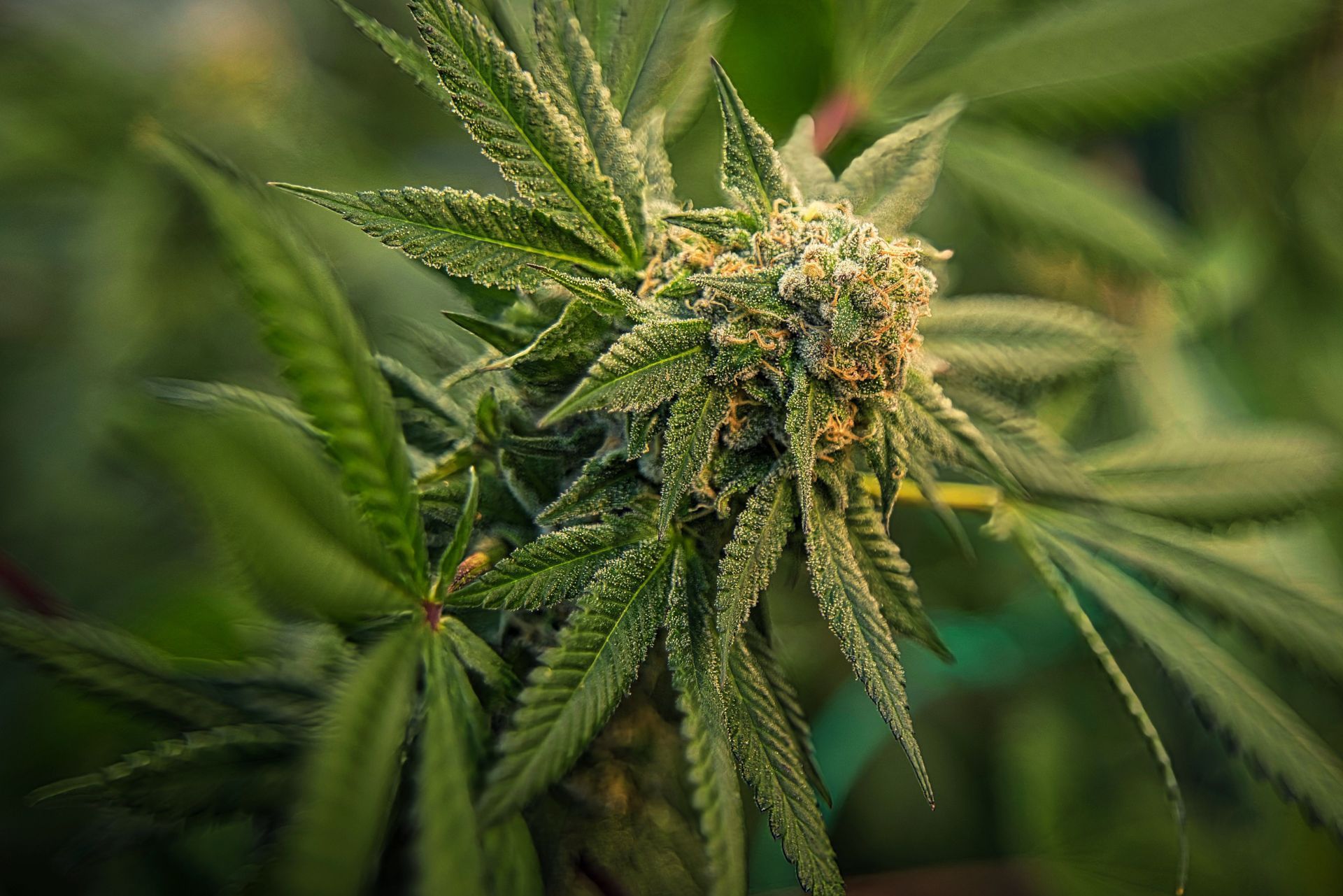
Legal and Regulatory Considerations
The cannabis industry is subject to a myriad of legal and regulatory requirements that can impact insurance needs. Understanding these considerations is essential for compliance and risk management.
State Regulations
Each state has its own regulations governing the cannabis industry, including requirements for insurance coverage. Some states may mandate specific types of insurance, while others may allow businesses to choose their coverage. Staying informed about state regulations is crucial for compliance. For instance, states like California and Colorado have developed extensive frameworks that not only dictate operational procedures but also specify insurance minimums. This means that businesses must not only keep abreast of changes in the law but also be proactive in adjusting their insurance policies to meet evolving standards.
Federal Considerations
While cannabis is legal in many states, it remains illegal at the federal level. This can complicate insurance coverage, as some insurers may be hesitant to provide coverage for cannabis-related businesses. It is essential to work with insurers who specialize in cannabis coverage and understand the unique challenges of the industry. Additionally, the federal prohibition can lead to complications in banking and financing, further complicating the landscape for cannabis entrepreneurs. As a result, businesses often find themselves navigating a complex web of regulations that can vary not only by state but also by local jurisdiction, necessitating a thorough understanding of both state and federal laws.
Liability and Risk Management
In addition to equipment breakdown insurance, cannabis businesses should consider other forms of liability insurance to protect against potential lawsuits or claims. This may include
general liability insurance,
product liability insurance, and
workers' compensation. A comprehensive risk management strategy can help safeguard the business against various risks. Furthermore, as the cannabis market continues to evolve, businesses must also be prepared for emerging risks such as
cyber threats and compliance violations. Implementing robust security measures, both physical and digital, can mitigate these risks. Moreover, regular training for employees on compliance and safety protocols can enhance overall risk management efforts, ensuring that the business remains resilient in a rapidly changing environment.
Best Practices for Maintaining Equipment
Regular Inspections
Conducting regular inspections of all equipment can help identify potential issues before they escalate into major problems. This includes checking for wear and tear, ensuring proper functioning, and addressing any signs of malfunction promptly.
Scheduled Maintenance
Establishing a scheduled maintenance program can help ensure that all equipment is serviced regularly. This may involve cleaning, lubricating, and replacing parts as needed. Keeping detailed maintenance records can also be beneficial for insurance purposes.
Employee Training
Training employees on proper equipment use and maintenance can significantly reduce the risk of breakdowns. Providing ongoing education about safety protocols and operational procedures can help create a culture of responsibility and care within the workplace.
Conclusion
Equipment breakdown insurance is a vital component of risk management for cannabis businesses. With the unique challenges and regulatory complexities of the industry, having the right coverage can mean the difference between financial stability and significant losses. By understanding the importance of this insurance, evaluating policy options, and implementing best practices for equipment maintenance, cannabis businesses can position themselves for success in a competitive market.
As the industry continues to evolve, staying informed about insurance needs and regulatory changes will be crucial for long-term sustainability. Investing in the right insurance coverage is not just a financial decision; it is a strategic move that safeguards the future of the business.

Article By: Deb Sculli
Cannabis Insurance Specialist
Contact Us
FAQS
Common Questions About Equipment Breakdown Insurance For Cannabis Businesses
Answers to the questions we hear most from cannabis business owners.
What is Equipment Breakdown Insurance for Cannabis Businesses?
Equipment Breakdown Insurance for Cannabis Businesses protects against financial loss when essential machinery or systems fail. It helps cover repair or replacement costs so operations can resume quickly.
Why do cannabis companies need Equipment Breakdown Insurance?
Cannabis businesses rely on specialized equipment like HVAC systems, grow lights, and extraction machines. Equipment Breakdown Insurance for Cannabis Businesses ensures you don’t face major losses if critical equipment suddenly stops working.
What does Equipment Breakdown Insurance for Cannabis Businesses cover?
This coverage usually includes mechanical failures, electrical surges, boiler breakdowns, and refrigeration issues. Equipment Breakdown Insurance for Cannabis Businesses pays for repair costs and often covers lost income from downtime.
Who should consider Equipment Breakdown Insurance for Cannabis Businesses?
Dispensaries, cultivators, and manufacturers with heavy reliance on machinery should strongly consider this coverage. Equipment Breakdown Insurance for Cannabis Businesses is essential for protecting valuable investments and preventing operational shutdowns.
How much does Equipment Breakdown Insurance for Cannabis Businesses cost?
The price depends on your equipment type, business size, and risk exposure. Equipment Breakdown Insurance for Cannabis Businesses is generally affordable compared to the cost of repairing or replacing specialized cannabis equipment.
Does Equipment Breakdown Insurance for Cannabis Businesses cover wear and tear?
No, normal wear and tear isn’t included. Equipment Breakdown Insurance for Cannabis Businesses is designed to cover sudden, accidental breakdowns that disrupt your operations.
Businesses We Served
Cannabis Businesses We Protect
We served a large variety of cannabis businesses throughout the US





